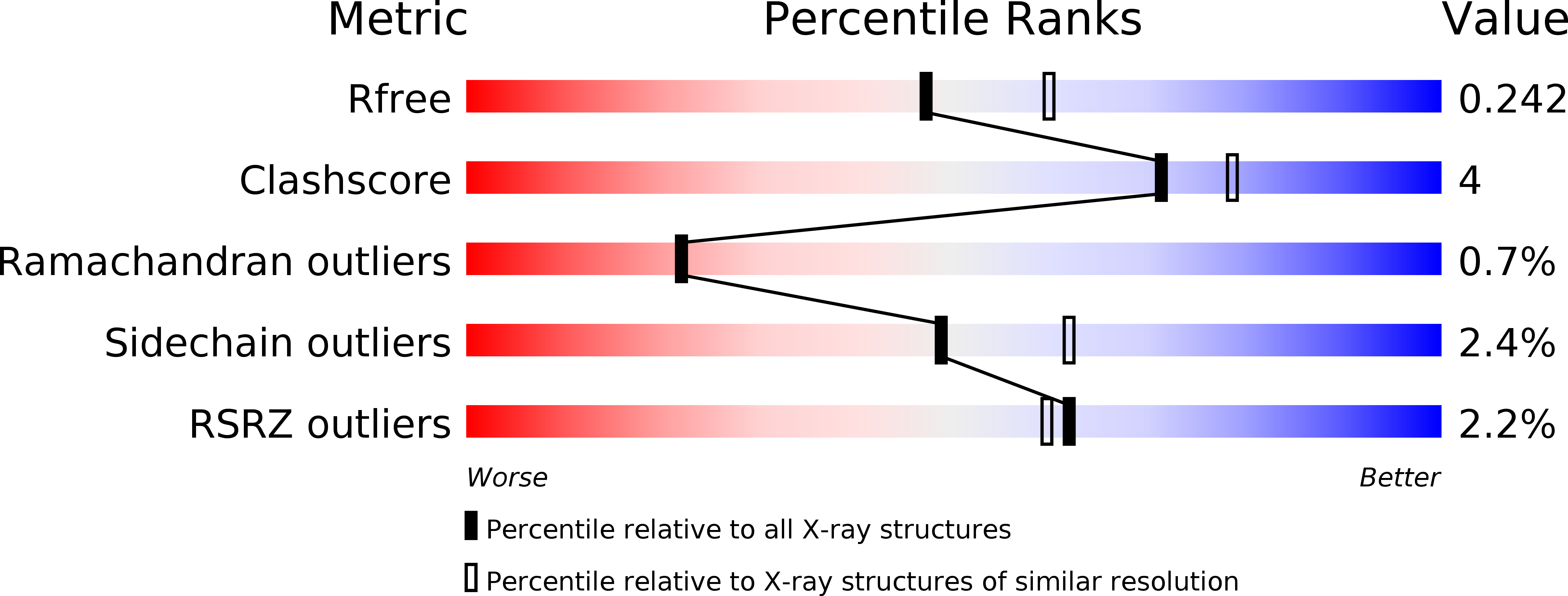
Deposition Date
2007-08-20
Release Date
2007-12-25
Last Version Date
2024-11-06
Entry Detail
Biological Source:
Source Organism:
Homo sapiens, Synthetic construct (Taxon ID: 9606, 32630)
Homo sapiens (Taxon ID: 9606)
Homo sapiens (Taxon ID: 9606)
Host Organism:
Method Details:
Experimental Method:
Resolution:
2.20 Å
R-Value Free:
0.24
R-Value Work:
0.19
R-Value Observed:
0.19
Space Group:
P 1


